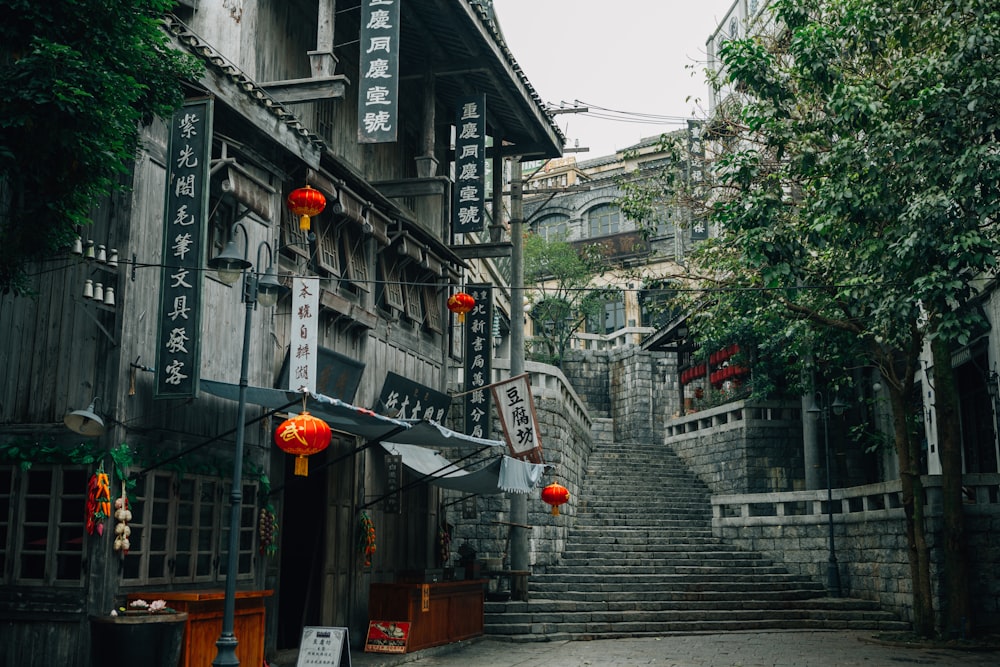Understanding the Chinese Drywall Issue
The Chinese drywall issue emerged in the early 2000s when homeowners across the United States reported problems with drywall imported from China. These issues ranged from unpleasant odors to health concerns and property damage. The ensuing legal ramifications have been extensive, impacting homeowners, manufacturers, builders, and insurers alike.
Health and Environmental Concerns
One of the primary concerns surrounding Chinese drywall is its potential health impact. Reports indicated that certain types of Chinese drywall emitted sulfur compounds, leading to foul odors and corrosion of metal components in homes. Moreover, there were concerns about the release of volatile organic compounds (VOCs) that could pose health risks to occupants.
Property Damage and Financial Losses
In addition to health concerns, Chinese drywall has been linked to property damage and financial losses for homeowners. The corrosive properties of the drywall led to damage to electrical wiring, plumbing systems, and HVAC components. Repairing or replacing these damaged components incurred significant costs for homeowners, often resulting in financial hardship.
Legal Actions and Class Action Lawsuits
The discovery of issues with Chinese drywall sparked a wave of legal actions, including class action lawsuits filed by affected homeowners. These lawsuits sought compensation for property damage, health-related expenses, and other losses incurred due to the defective drywall. Manufacturers, distributors, and contractors involved in the supply chain were named as defendants in these lawsuits.
Manufacturer Liability and Accountability
Manufacturers of Chinese drywall faced allegations of negligence, product liability, and breach of warranty in the lawsuits filed against them. Plaintiffs argued that manufacturers failed to adequately test the drywall for safety and quality, resulting in widespread harm to homeowners. Holding manufacturers accountable for the damages caused by their products became a focal point of the legal proceedings.
Complex Legal Challenges
The Chinese drywall lawsuits presented complex legal challenges due to the involvement of multiple parties, intricate supply chains, and overlapping jurisdictions. Legal teams representing both plaintiffs and defendants grappled with issues such as jurisdictional disputes, choice of law considerations, and the admissibility of expert testimony. These challenges prolonged the litigation process and added layers of complexity to the cases.
Regulatory Response and Remediation Efforts
In response to the Chinese drywall issue, regulatory agencies such as the Consumer Product Safety Commission (CPSC) and the Environmental Protection Agency (EPA) conducted investigations and issued guidance to address the problem. Remediation efforts focused on removing and replacing affected drywall, as well as mitigating health and environmental risks associated with the defective material.
Insurance Coverage and Claims
Homeowners affected by Chinese drywall sought coverage under their insurance policies to offset the costs of property damage and remediation. However, insurance companies often disputed coverage, leading to additional legal disputes and negotiations. Resolving insurance claims became another layer of complexity in the aftermath of the Chinese drywall issue.
Long-Term Impacts and Lessons Learned
The Chinese drywall issue and the ensuing legal ramifications have had long-term impacts on the construction industry, homeownership, and consumer protection. It underscored the importance of rigorous quality control measures, regulatory oversight, and transparency in global supply chains. Moreover, it highlighted the need for effective mechanisms to address product defects and protect consumers from harm. Read more about chinese drywall lawsuit


